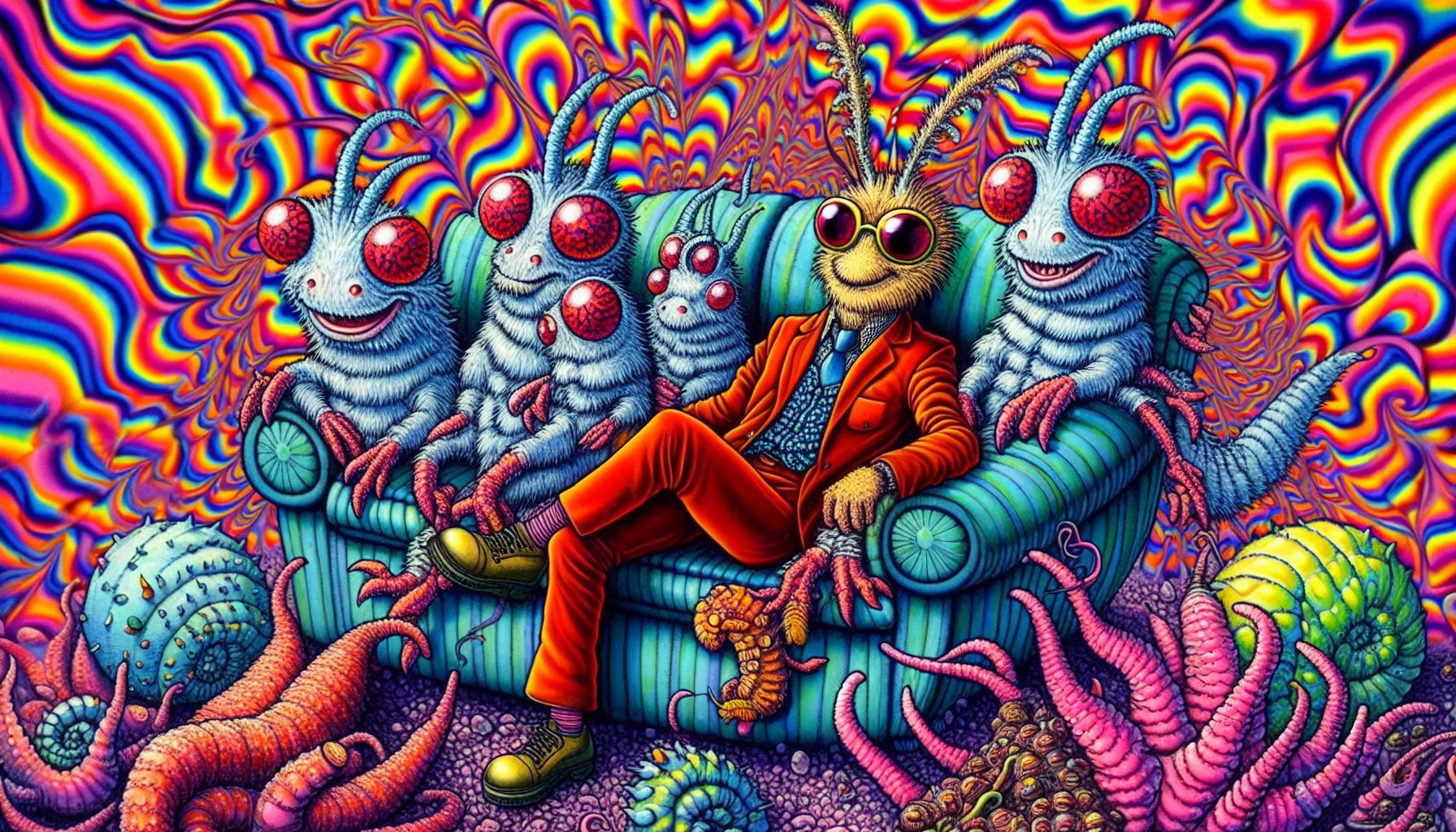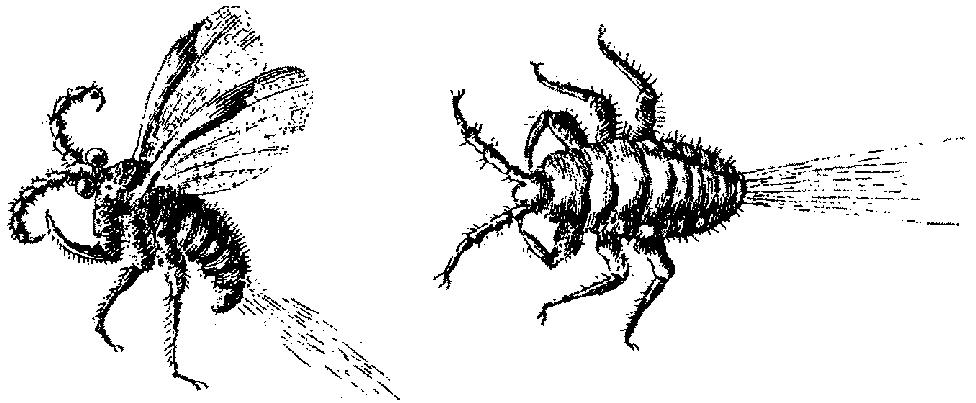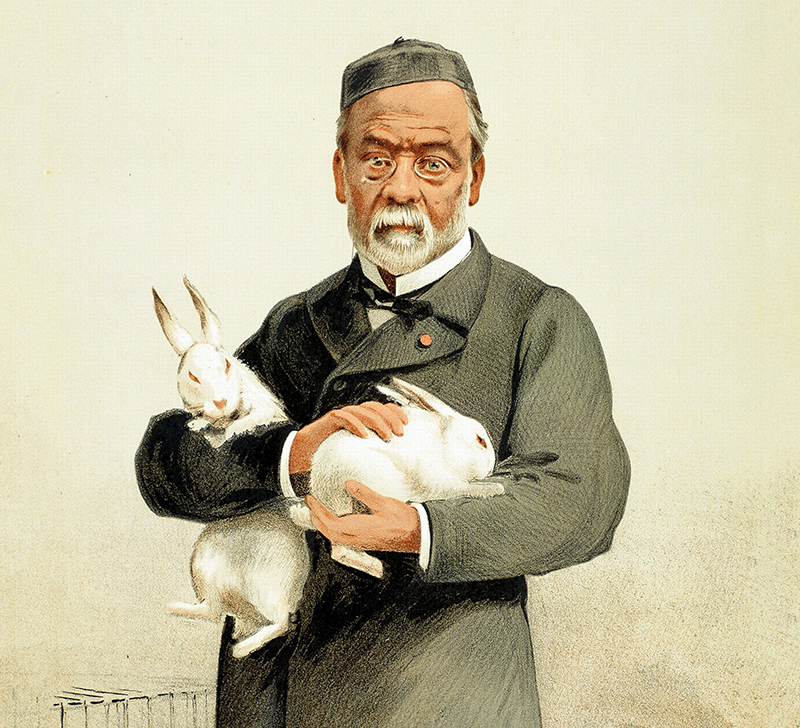Detritivores – the ultimate recyclers
These marvelous morsels of nature’s cleanup crew are the ultimate recyclers, turning yesterday’s trash into tomorrow’s treasure. Let’s dive into the delightfully dirty world of detritus dining! Imagine a world where your leftovers never go to waste. Well, in nature, that̵
Railroad worms, glowworm beetles and apple maggots
Railroad worm Phengodidae Phrixothrix Scientific classification Domain: Eukaryota Kingdom: Animalia Phylum: Arthropoda Class: Insecta Order: Coleoptera Family: Phengodidae Genus: PhrixothrixOlivier, 1909 Species (several) A railroad worm is a larva or larviform female adult of a beetle of th
Shipworms, termites of the sea
The shipworms are marine bivalve molluscs in the family Teredinidae: a group of saltwater clams with long, soft, naked bodies. They are notorious for boring into (and commonly eventually destroying) wood that is immersed in sea water, including such structures as wooden piers, docks and ship
Polish Cochineal (Porphyrophora polonica)
Polish cochineal (Porphyrophora polonica), also known as Polish carmine scales, is a scale insect formerly used to produce a crimson dye of the same name, colloquially known as “Saint John’s blood”. The larvae of P. polonica ar
Armenian Cochineal (Porphyrophora hamelii)
The Armenian cochineal (Porphyrophora hamelii), also known as the Ararat cochineal or Ararat scale, is a scale insect indigenous to the Ararat plain and Aras (Araks) River valley in the Armenian Highlands and in Turkey. It was for
Kermes is a red dye
Kermes is a red dye derived from the dried bodies of the females of a scale insect in the genus Kermes, primarily Kermes vermilioThe Kermes insects are native in the Mediterranean region and are parasites living on the sap of the host plant, the Kermes oak (Qu
Cochineal Etymology
cochineal (n.) “brilliant crimson dyestuff consisting of the dried bodies of a species of insect,” 1580s, from French cochenille (16c.), probably from Spanish cochinilla, from a diminutive of Latin coccinus (adj.) “scarlet-colored,” from coc
Tetraspanin
Tetraspanins are a family of membrane proteins found in all multicellular eukaryotes. Tetraspanins, also referred to as the transmembrane 4 superfamily (TM4SF) proteins, have four transmembrane alpha-helices and two extracellular domains, one short (called the 








